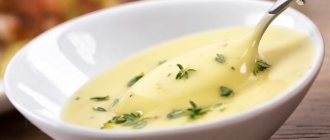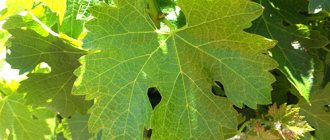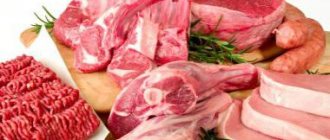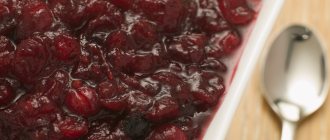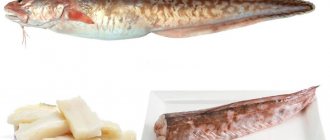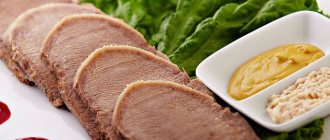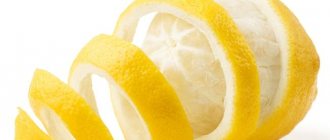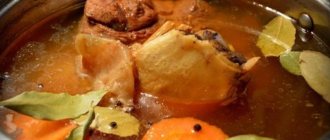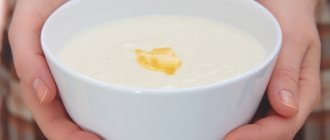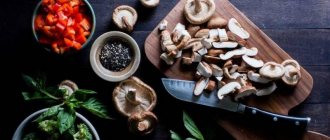Application
Most often, dry soybean seeds are used for making soy milk and soy curd (tofu), as well as for sprouting. Dry soybeans need to be soaked overnight in water. For better absorption of soy protein, you can add baking soda to the water on the tip of a knife. Then rinse the seeds and cook in salted water for 3-4 hours until softened. Boiled beans can be passed through a meat grinder, and the resulting paste can be used as a semi-finished product for making cutlets.
Market Analytics
- Black Lives Matter movement: reaction and consequences for the beauty industry
- COVID-19 is changing the rules of the game in the cosmetics market
- Beauty of the future: cosmetic innovations 2020
Convenient search for beauty salons on our website
Beauty salons in Moscow Beauty salons in St. Petersburg Beauty salons in Ekaterinburg Beauty salons in Novosibirsk
Latest blog posts on our website
- Naturecream / MATRIXYL3000 - the best skin elasticity stimulator
- Naturecream / SPF in Natural Oils
- Naturecream / Geranium (Pelargonium) oil for skin health and beauty
- Prostye-sovety / Save on a beauty salon: procedures that can be done at home
- Naturecream / Growth Factor - brings back youth?
- Oksana-Lezina / 3 effective abdominal exercises from a fitness instructor for beginners
- Prostye-sovety / Making perfect curls at home
- Prostye-sovety / Which hair removal method to choose
- Naturecream / Wrinkles Puppets
- Naturecream / PEPHA-TIGHT - instant skin lifting
Latest forum topics on our website
- Mrs._Smith / Badly sunburned! What to do?((
- Ice / Is it necessary to combine fitness classes with a diet?
- Antonova / What can be used for hair loss?
- Radio operatorKat / Who was on a protein diet?
- Suzanna / Mesotherapy on the face
Other articles in this section
| Lima beans Lima beans belong to the legume family and are one of the oldest vegetable crops cultivated by humans. The homeland of beans is the fertile tropical plains of Central America, where the Mayans and Aztecs, and then the Incas, began to cultivate them. There are two varieties of lima beans. One grows as a bush and is distinguished by small seeds. The other is a climbing vine and requires staking. Climbing bean seeds are larger, approximately 4x2.5 cm. |
| Butternut squash Butternut squash belongs to the cucurbitaceae family. The fruits are pear-shaped and golden-yellow in color; the weight of a mature pumpkin sometimes reaches 15 kg. Typically, butternut squash is cultivated in South and Central America. The fruit itself, as well as the seeds and flowers, are eaten. |
| Frisée Salad Despite its name, Frisée lettuce is not a leaf lettuce, but is a close relative of chicory. Hence its other name - curly chicory, as well as curly endive. Translated from French, "frise" also means "curly." The leaves have a crunchy texture and a mild, slightly peppery flavor. They are colored green on top and white, more delicate, below. During cultivation, frisée lettuce is protected from the sun, otherwise the leaves turn dark green and acquire a rough, “woody” taste. |
| Grape leaves Grape leaves have been an integral part of Greek, Turkish, Romanian and Vietnamese cooking since ancient times. They are dark green vegetables, which are recommended to be included in the diet at least 100 g per week. |
| Okra A herbaceous vegetable plant belonging to the mallow family. Okra is also called gumbo, okra, or lady fingers. It has been used for medicinal and culinary purposes for three and a half thousand years. Okra was very popular in Ancient Egypt. The origin of this crop has not been established, but it is assumed to be in the tropics of India or West Africa. In Russia, okra is grown in the southern regions, mainly in the Stavropol and Krasnodar Territories. |
| Black radish Since ancient times, black radish has been used in Asian countries to treat various diseases. In Europe, this vegetable is not so popular and became known only in the second half of the twentieth century. The plant is completely edible, including the tops and seeds. Black radish benefits the entire body; it is a valuable source of vital substances. |
| Cucumber Cucumber is a member of the Cucurbitaceae family, like melon, watermelon and squash. It has a cylindrical shape with a length of 20-30 cm. It is covered with a crispy dark green peel, under which the juicy pulp is hidden. Initially, the cucumber grew in the tropics; it is believed that its homeland is in India. Gradually, this vegetable crop spread throughout the world. |
| Sauerkraut The first mention of sauerkraut dates back to Ancient China. During the Roman Empire, it became known in Europe, primarily in Germany and the countries of Eastern Europe. In an era when keeping food fresh was a rather difficult task, pickled foods were highly valued. Sauerkraut serves as an excellent side dish for a number of dishes, and is also useful for any diet. |
| Chard Chard is a leafy green vegetable. The Mediterranean region is considered its homeland. Even the ancient Greeks and Romans wrote about the healing properties of chard. All parts of the plant are edible. |
| Red cabbage Among all the cruciferous vegetables, red cabbage is distinguished by its bright color. The color varies from a rich red-burgundy hue to purple, depending on the acidity of the soil in which the cabbage grew. It differs from white cabbage in its long shelf life; it does not need to be salted or pickled for the winter. Red cabbage is grown in Northern Europe, America and some areas of China. |
